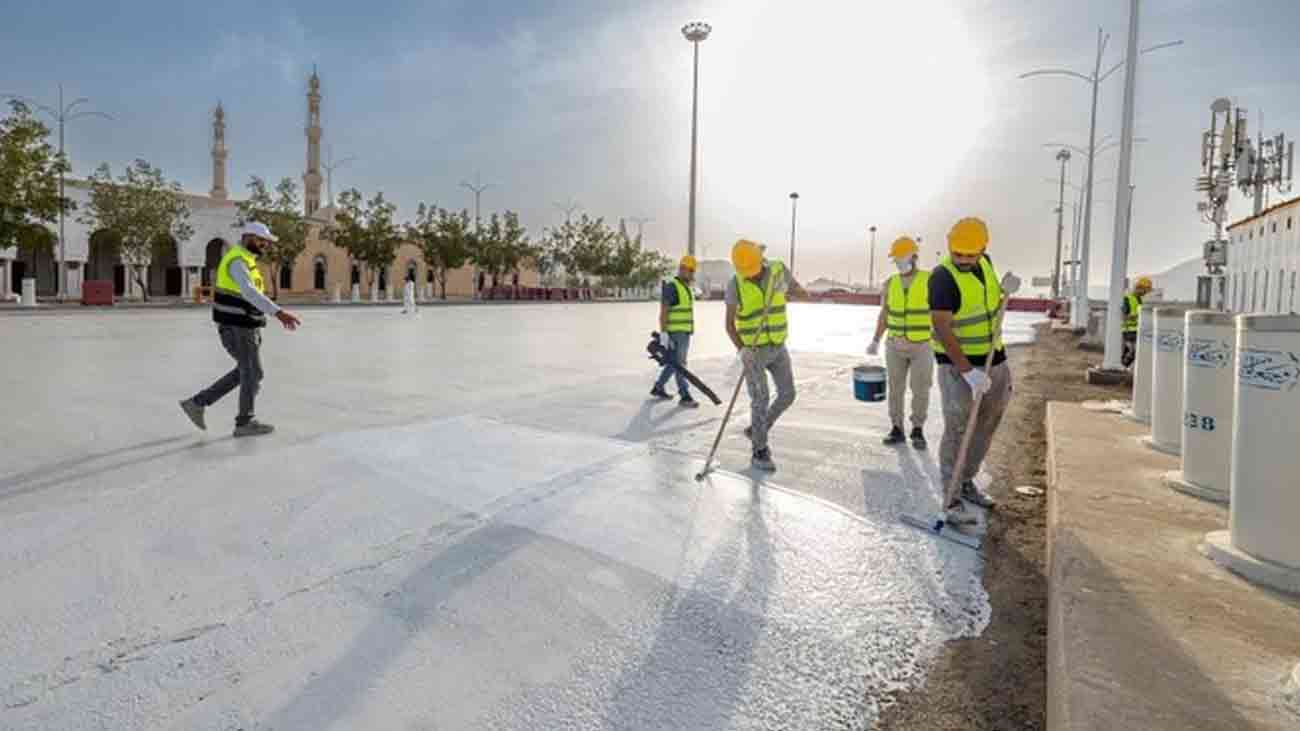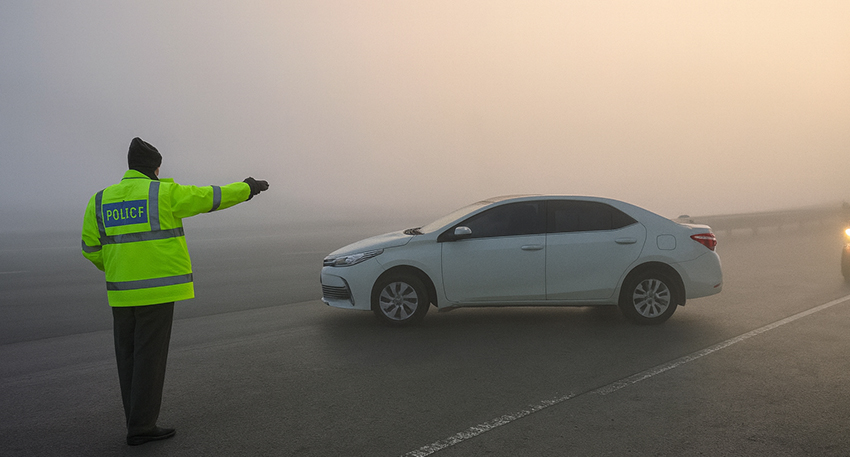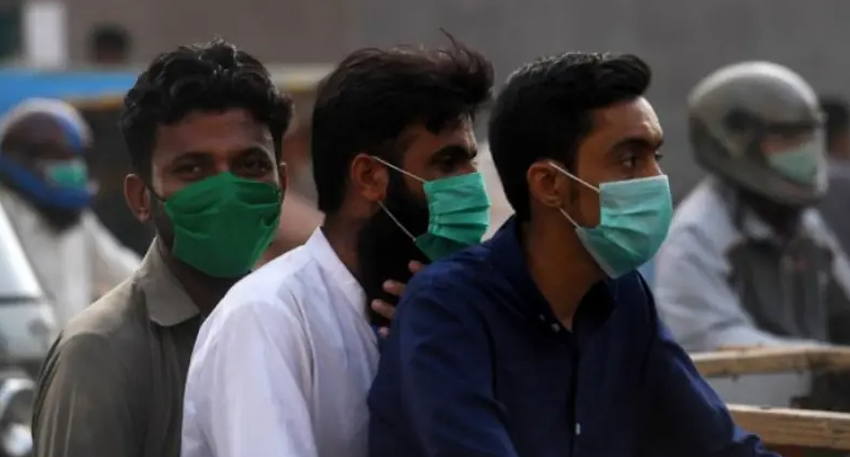
The Hajj starting on June 14 is one of the five pillars of Islam and must be undertaken at least once by all Muslims who have the means to do so. It involves a series of rites completed over four days in Mecca and its surroundings in the west of oil-rich Saudi Arabia.
According to Saudi authorities, more than 2,000 people suffered heat stress after temperatures soared to 48 degrees Celsius (118 degrees Fahrenheit).
Therefore, the government planned the white coating which helps reduce surface temperature by about 20 degrees Celsius, the Saudi Press Agency reported detailing that it was created using locally manufactured materials that absorb less sunlight.
Roads General Authority Spokesperson Abdulaziz Al-Otaibi said the substance was applied in partnership with several agencies.
Last year, the coating was used on pedestrian pathways leading to the Jamarat area, where the ritual stoning of Satan takes place, and reduced temperatures by 12 to 15 degrees Celsius.
Al-Otaibi said this would create a more comfortable experience for pilgrims during the Hajj this year.
Meanwhile, the Saudi National Center for Meteorology announced that this year’s Hajj weather at the holy sites is expected to be extremely hot.
According to the department, maximum temperatures at the holy sites were expected to reach between 45 C to 48 C in the afternoons.
“The expected climate for hajj this year will witness an increase in average temperatures of one and a half to two degrees above normal in Makkah and Medina,” Saudi national meteorology centre chief Ayman Ghulam said.
Last year more than 1.8 million Muslims took part in the Hajj, official figures showed.




